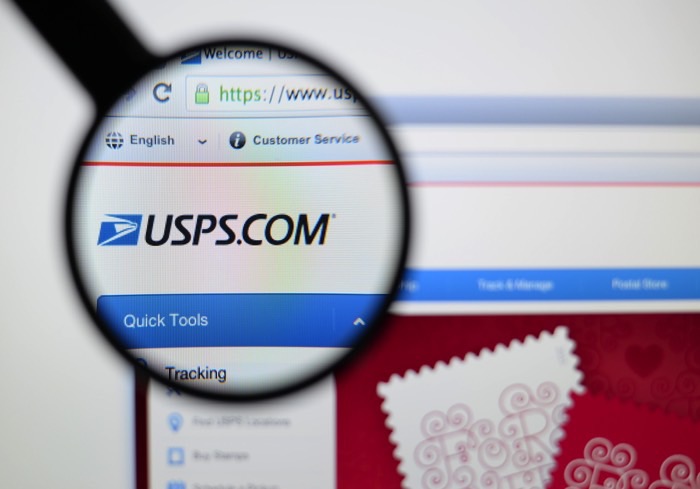
The U.S. Postal Service is transforming itself into a flexible workforce for Amazon and it may proceed with more eCommerce partnerships to continue growing its business.
The U.S. Postal Service is transforming itself into a flexible workforce for Amazon, and it may proceed with more eCommerce partnerships to continue growing its business.
USPS has delivered groceries for Amazon in select cities such as San Francisco and New York since October 2014, and the postmaster general told Bloomberg Business this may only be the beginning.
“It’s just leveraging our infrastructure,” Megan Brennan, who become America’s 74th postmaster general in March as well as the first woman to take on the role, told Bloomberg. “We’re on people’s doorstep six days a week, seven days a week in some cases. It’s just a logical progression. Amazon is the first… but we’re obviously looking to get additional customers who are interested in that type of customized delivery.”
For USPS, this may mean delivering more packages and fewer letters.
Amazon operates a network of at least 15 sorting facilities located near postal offices, allowing packages to first be sorted and then transported to the appropriate post office location so letter carriers can proceed with delivery. In a regulatory filing earlier this year, the eCommerce giant confirmed plans to expand the number of these sorting centers over the course of the year, Bloomberg reported.
While both Amazon and the USPS have stayed relatively quiet on the details of their working relationship, an analyst at Bernstein Research who tracks the shipping industry provided some estimates to Bloomberg about how mutually beneficial the partnership is.
David Vernon said the USPS handled approximately 40 percent of Amazon’s volume in 2014, which accounts for roughly 150 million items. This number trumps the amount of deliveries handled by either UPS or FedEx on behalf of Amazon.
Vernon attributes this to the deep discount Amazon receives by using USPS because it handles its own processing, which includes providing computerized address lists to drop-offs faster.
“I think [Amazon’s] idea was, why give this volume to FedEx when we can just sort it ourselves?” Vernon told Bloomberg. “Because it’s not that hard.”
At an estimated $2 per package, Amazon is saving big compared to what it would normally pay UPS and FedEx.
Already this year, USPS has seen payoffs from the boost of its eCommerce deliveries.
According to the USPS’s Q1 2015 numbers, eCommerce is doing great things for its shipping business, even as other revenue areas continue to struggle. Earlier this year, USPS reported a net loss of $754 million, a steeper decline than the $354 million loss year over year, largely due to high costs and a 1.1 percent YOY decline in first-class mail.
Operating revenue, though, increased during the quarter by 3.4 percent to $18.7 billion, largely due to eCommerce driving shipping and package volume up 12.8 percent as the USPS placed more emphasis on improving package delivery and customer service.
But as the number of packages it delivers rises, so have investments in new equipment. In 2014, USPS spent $200 million to provide carriers with 270,000 Internet-connected handheld scanners for real-time package tracking, Bloomberg confirmed.
“The Postal Service is far more technology-centric than most people would understand or believe,” Brennan said.